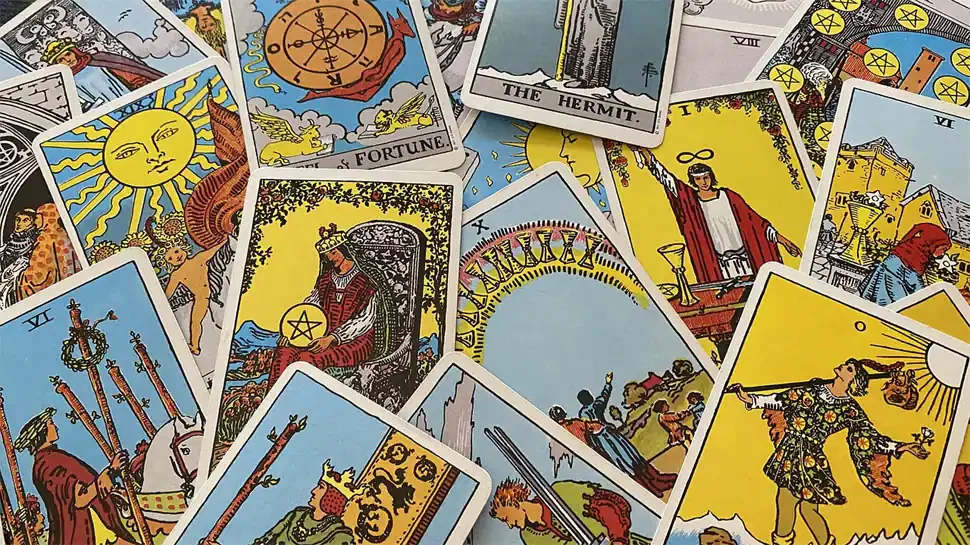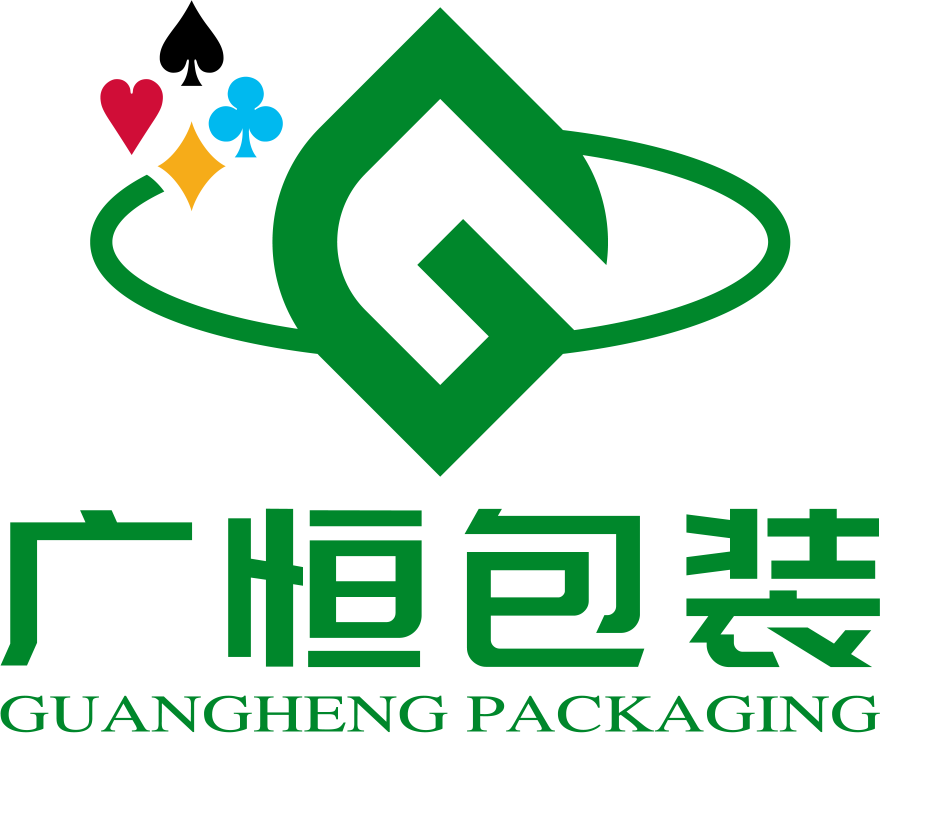Email format error
Email cannot be empty
Email already exists
6-20 characters(letters plus numbers only)
The password is inconsistent
Email format error
Email cannot be empty
Email does not exist
6-20 characters(letters plus numbers only)
The password is inconsistent

News
3 Better Ways to Make and Study Flash Cards
Custom Wholesale Preschool Educational Flash Cards factory supplier
Flash cards are one of the classic study tools, and for good reason – they promote studying through active recall, which is one of the practices through which our brains learn most effectively.
In this article, I’ll go over 3 of those best practices. Let’s get into it.

Make Your Own Flash Cards
Lots of people like to share their flash card decks, and there are also plenty of flash card apps and programs out there that will let you download pre-made decks and start studying instantly.
I think using pre-made cards can sometimes be useful – such as a case where you have an unreasonably high number of facts to learn and you’re in a time crunch – but in most cases, you’ll serve your brain better by making your own flash cards.
One of the most important and integral parts of the learning process is the act of:
- Intaking new information
- Wrangling with it in your brain
- Creating something new with it – your own words, pictures, and methods of explaining that information
Doing so creates strong neural pathways, which enable you to easily retrieve what you’ve learned at a later date. That’s why one of professor Marty Lobdell’s tips in his Study Less, Study Smart lecture was to teach what you’re learning – doing so forces you to present the information in your own words.
When you use pre-made flash cards, you’re skipping that entire part of the process. In most cases, the time you save isn’t worth it.
Plus, deciding to make your own flash cards gives you the ability to customize them and make them better. The next four tips will show you exactly how.
Mix Pictures and Words
Adding pictures to your cards can make them a lot more memorable.
In cognitive psychology, there’s a concept called the Picture Superiority Effect, which describes how people tend to remember imagery a lot better than they remember words.
When we think about it from an evolutionary perspective, this makes complete sense; written language has only been around for about 5,000 years (and Homo Sapiens have been trotting the globe for over 200,000), and our brains have evolved to be very sensitive to imagery. The locations of food, the animals that want to eat us or stomp us into the ground – these things are far more important to our brains than abstract squiggles on a page.
However, this doesn’t mean that you should replace the words on your cards with pictures. Our brains are surprisingly adaptive, and it turns out that a mixture of pictures and words works better than pictures alone.
Use Mnemonic Devices to Create Mental Connections
In preparation for writing this article, I decided to start learning and memorizing the Periodic Table of Elements.
I thought this would be a fun challenge, since I actually never took chemistry in high school, and I find science a lot more interesting now than I did back then. Additionally, it gave me the opportunity to make my own flash cards, which I was able to use as examples here.
You can see some of my chemistry flash cards above – and you might think they look a bit weird. What the heck do all these dumb drawings have to do with elements?
Here’s how they’re relevant: They’re mnemonic devices. Now, a mnemonic devices is anything that helps you build an association between two pieces of information in your mind.
For more information about custom Preschool Educational Flash Cards, Preschool Educational Flash Cards factory, wholesale Preschool Educational Flash Cards, we are glad to answer for you.

